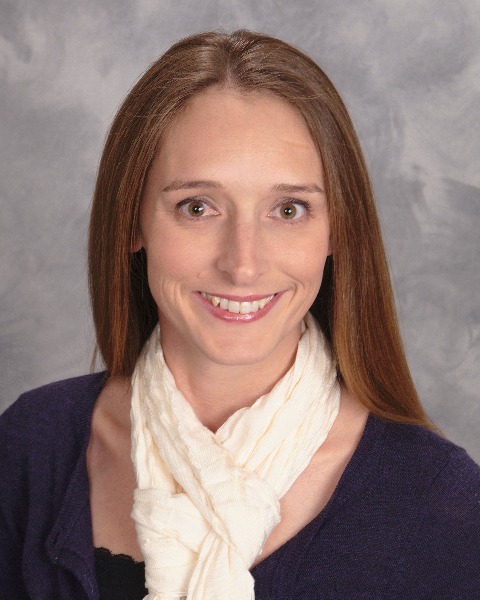Hematology/Oncology 1: Pediatric Oncology
Session: Hematology/Oncology 1: Pediatric Oncology
104 - Preparation for implementation: technical and procedural challenges and adaptations for delivering an online fertility preservation decision tool to adolescents
Saturday, April 26, 2025
2:30pm - 4:45pm HST
Publication Number: 104.6484
Holly R. Hoefgen, Washington University in St. Louis School of Medicine, St. Louis, MO, United States; Michelle Eggers, Washington University in St. Louis School of Medicine, St. Louis, MO, United States; Kari Bjornard, Riley Hospital for Children at Indiana University Health, Indianapolis, IN, United States; Stephanie B. Dixon, St. Jude Children's Research Hospital, Memphis, TN, United States; Kenan R. Omurtag, Washington University in St. Louis School of Medicine, St Louis, MO, United States; Taryn Sandheinrich, St. Louis Children's Hospital, St. Louis, MO, United States; Terri L. Woodard, Baylor College of Medicine, Houston, TX, United States; Ashley J.. Housten, Washington University in St. Louis School of Medicine, St. Louis, MO, United States

Holly R. Hoefgen, MD (she/her/hers)
Assistant Professor
Washington University in St. Louis School of Medicine
St. Louis, Missouri, United States
Presenting Author(s)
Background: Current guidelines emphasize the importance of fertility preservation opportunities for adolescents and young adults (AYAs) with cancer, given the growing number of survivors. Few tools for AYAs 12-17 years have been implemented in clinical practice. Guided by user-centered design, we developed AYA Pathways, an online fertility preservation decision support tool for AYAs and their parents and conducted a pre-implementation feasibility study.
Objective: This abstract describes the technical and procedural challenges and adaptations of a web-based evaluation of AYA Pathways with minor participants.
Design/Methods: We recruited English-speaking childhood cancer patients/survivors 12-17 years with access to a computer or smartphone, and their parents/guardians. Following informed consent/assent, participants were asked to complete a web-based evaluation: 1) an 8-item knowledge pre-survey, 2) review AYA Pathways website, and 3) a post-survey containing the same 8-item knowledge questions, along with 12 acceptability items and the 10-item systems usability scale.
Results: Participants faced three main challenges. First, the IRB-mandated sequential parent-child enrollment process and separate surveys proved unclear, with some participants inadvertently completing fields intended for their parent or child. We revised phone, email, and web instructions to clarify the required sequential steps. Second, pre-post knowledge measures suggested potential data quality issues when surveys were restarted, prompting a recommendation for post-only design. Third, time spent on AYA Pathways fell below expectations, (median 2 mins in pilot vs. 11 mins during user-testing), particularly among child participants and mobile users, who comprised the majority of our sample. There were also technical barriers, including difficulties with navigation when viewing AYA Pathways embedded in a data capture tool. In response, we implemented interface modifications including streamlined mobile navigation, clearer multi-page indicators, and revised instructions .
Conclusion(s): This pre-implementation study revealed technical and procedural challenges in evaluating web-based decision support tools with minor participants. Findings highlight the need for clear consent and assent processes, post-survey data collection, and mobile-optimized interfaces to improve the future implementation and evaluation of AYA Pathways.

